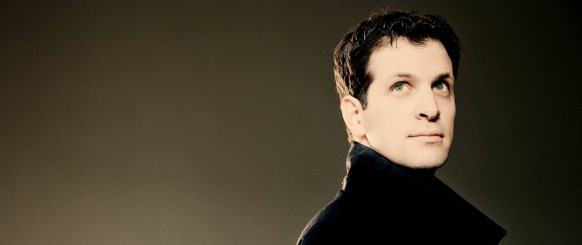Tag: bass-baritone
-

PROGRAM NOTES: LUCA PISARONI & WOLFRAM RIEGER
Wolfgang Amadeus Mozart Four Songs The earliest German lieder we have in the concert repertoire come from the more than 30 works that Mozart wrote between 1768 (at the age of twelve!) and his death in 1791. His mature songs reflect his skill as an opera composer in their sensitive treatment of the text, bolstered by…
-

PROGRAM NOTES: ERIC OWENS, BASS-BARITONE
Eric Owens’ recital divides neatly into two halves – a German half and a French half, with the final song a true rarity that bridges the geographical and cultural divide. The German songs (Lieder) all tend to be of a dark, serious or melancholic nature, while the French songs (mélodies) are lighter, even airy and…

